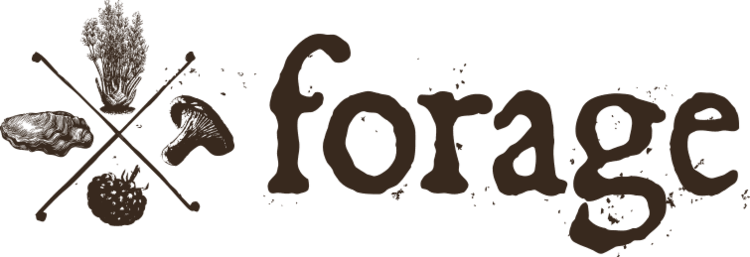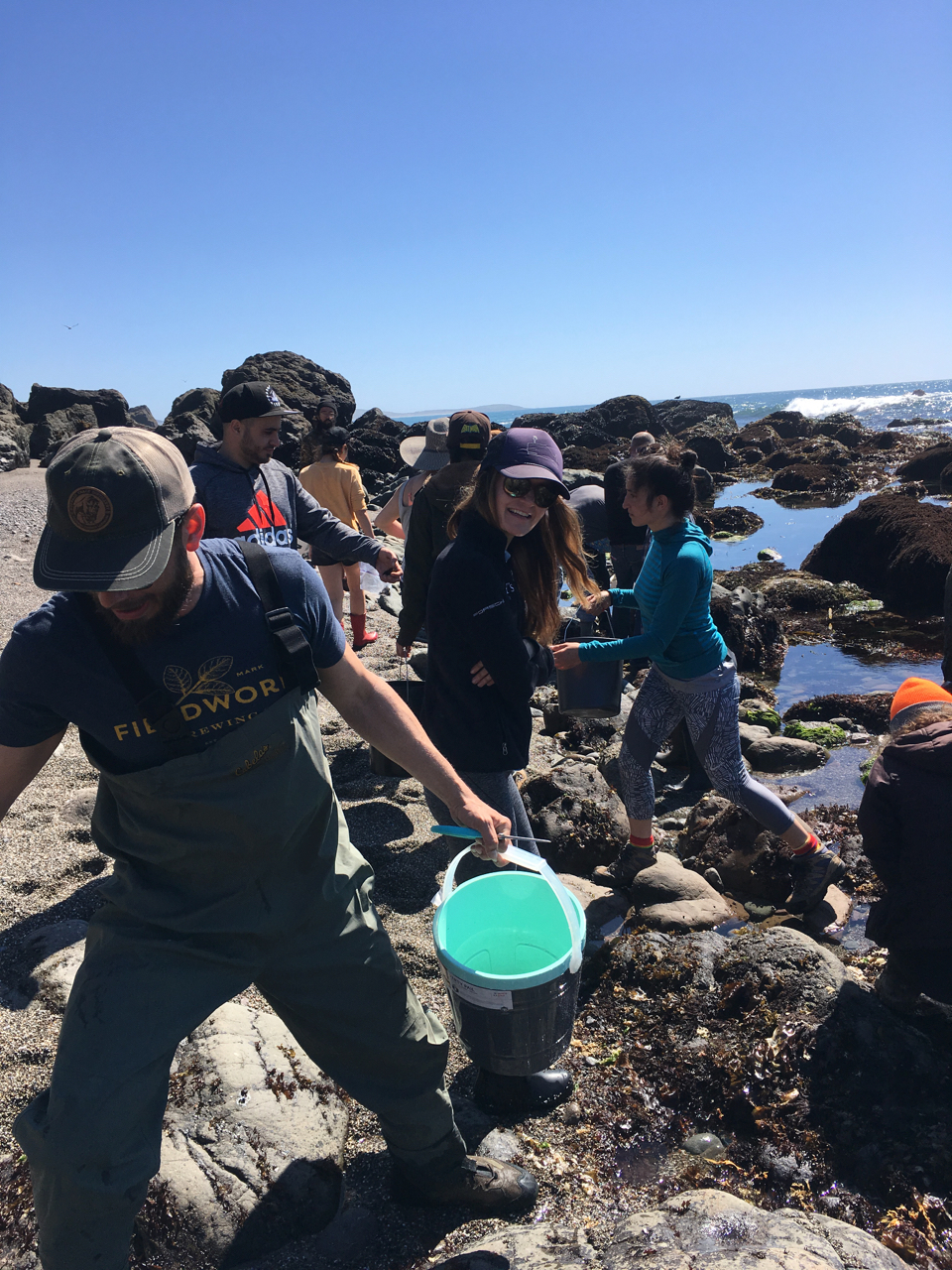Bullwhip Kelp: The Seaweed You Can Pickle!
When you think of foraging for edible native plants in California, seaweed probably isn’t the first thing that comes to mind. However, the truth is that California’s coast has several tasty and healthy types of seaweed that can be easily harvested. Bullwhip kelp, for example, is high in protein and dietary fiber and contains nutrients like potassium, magnesium, iodine, and more. You can usually find it washed up on the beach after a big storm. To tell if its fresh, pick it up and bend it, if it snaps, its good to eat, if not, keep looking. It can be harvested in both the spring and the summer.
Bring a knife and plastic or mesh bag, so you can cut the choicest bits. Both the stipe (stalk), and blades (flowing fronds on the top), can be eaten. For the stipe you’ll want to peel off the outer layer, I find a regular veggie peeler does the trick.
That’s one of the great things about harvesting seaweed — once you find some, you find a lot. Therefore, keep your eyes peeled for seaweed on the surface of the water so you know where to begin harvesting.
It’s best to collect in areas that seem clean and do not have a lot of pollutants. Since bullwhip kelp forests are so dense, it’s easy to take far more than you can use. Plus, you’ll need to process the bullwhip kelp within the first day or two of harvest, so make sure you’re ready to prepare it right away to limit waste. When choosing which kelp to harvest, beware of any white spots, beaten up edges, or if the texture is not smooth to the touch. These attributes indicate that the kelp is too old for good eating.
Bullwhip kelp is an interesting seaweed with bulbs, stipes (stems), and blades (leaves). Each part can be eaten. The bulbs and stipes, for example, can be pickled, while the blades can be dried into chips and added to soups and other meals.
Pickled Bullwhip Kelp Recipe:
Kelp stipes
Kelp bulbs
Cayenne peppers
Garlic
Fresh dill
Pickling spices
2 quarts of apple cider vinegar
3 quarts of water
1/4 cup of pickling salt
1/4 alum or grape leaves
If the kelp looks like it should be rinsed off before you start, make sure you do it with sea water rather than fresh water if you can. but fresh is fine too.. First peel the outer layer off the stipe with your veggie peeler, and cut the bulbs and stipes into roughly ¼ inch pieces. Place the desired amount in a mason jar and add a clove of garlic, cayenne pepper, and a sprig of dill in there with it.
Next, heat up the vinegar, water, alum/grape leaves, and pickling salt. Once it starts to boil, pour the brine into the mason jars. Sanitize the lid, and then put the cap on and wait for it to pickle!
Pickled kelp is both delicious and versatile. You can basically use it anytime you would use a pickle. Whether you put it in sandwiches, make your own relish, or eat it on its own, there are plenty of ways to enjoy pickled bullwhip kelp. Once you add this nutritious seaweed to your diet, you’ll likely make foraging on the coast a fun part of your spring and summer routine.




